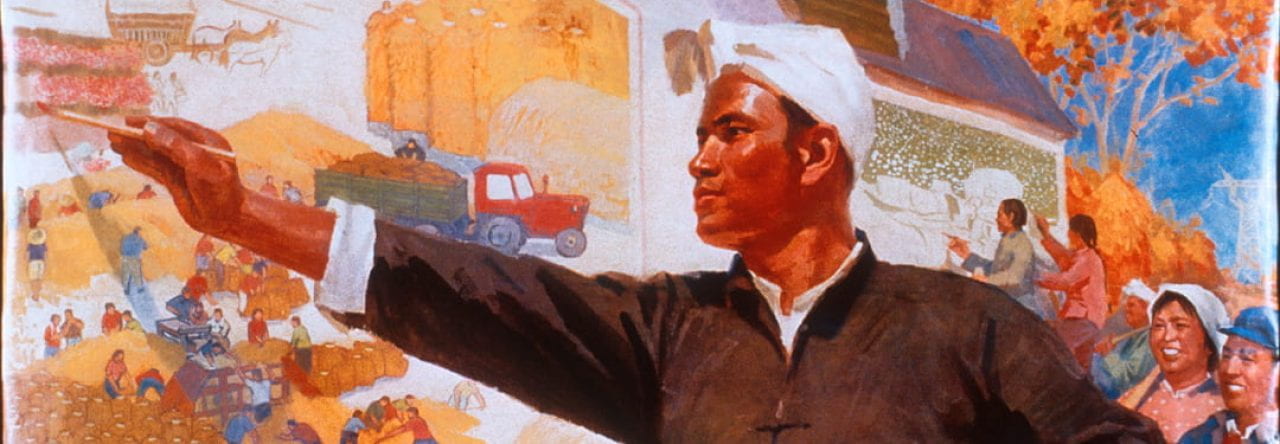History, in part, is based on the understanding of why certain events, individuals, and symbols are chosen to be memorialized. Hua Tianyou was one of the many individuals who was involved with the creation of the Monument to the People’s Heroes, which is showcased in Tiananmen Square. Born in 1902, Tianyou taught art and music before beginning his studies in sculpting in 1930. Three years later, as Japan began to act aggressively toward China, he moved to France where he continued his work at the Ecole Nationale Supérieure des Beaux-Arts.

Image courtesy of https://www.viator.com/Beijing-attractions/Monument-to-the-Peoples-Heroes/d321-a18684.
Monuments are where a collective memory can be formed and without references to those who have died, it is argued that their actions will be forgotten. Following decades of civil wars, outside aggression, and the rebirth of a nation, there was a need for the CCP to showcase the revolutionary actions that individuals went through to secure then-modern China. Therefore, possibly taking inspiration from symbols that displayed collective memories in France while understanding the importance of architecture being “socialist in content, national in form,” the Monument to the People’s Heroes showed the correct way to remember the past while providing further authenticity to the CCP.
Citations:
Michael Sullivan, Modern Chinese Artists, A Biographical Dictionary, (Berkeley: University of California Press, 2006), 57.
Chang-tai Hung, Mao’s New World: Political Culture in the Early People’s Republic (Ithaca: Cornell University Press, 2011), 235, 243.
Maria Tagangaeva, “Socialist in Content, National in Form: The Making of Soviet National Art and the Case of Buryatia,” Nationalities Papers, Vol.45 (2017), 393.


Leave a Reply
You must be logged in to post a comment.